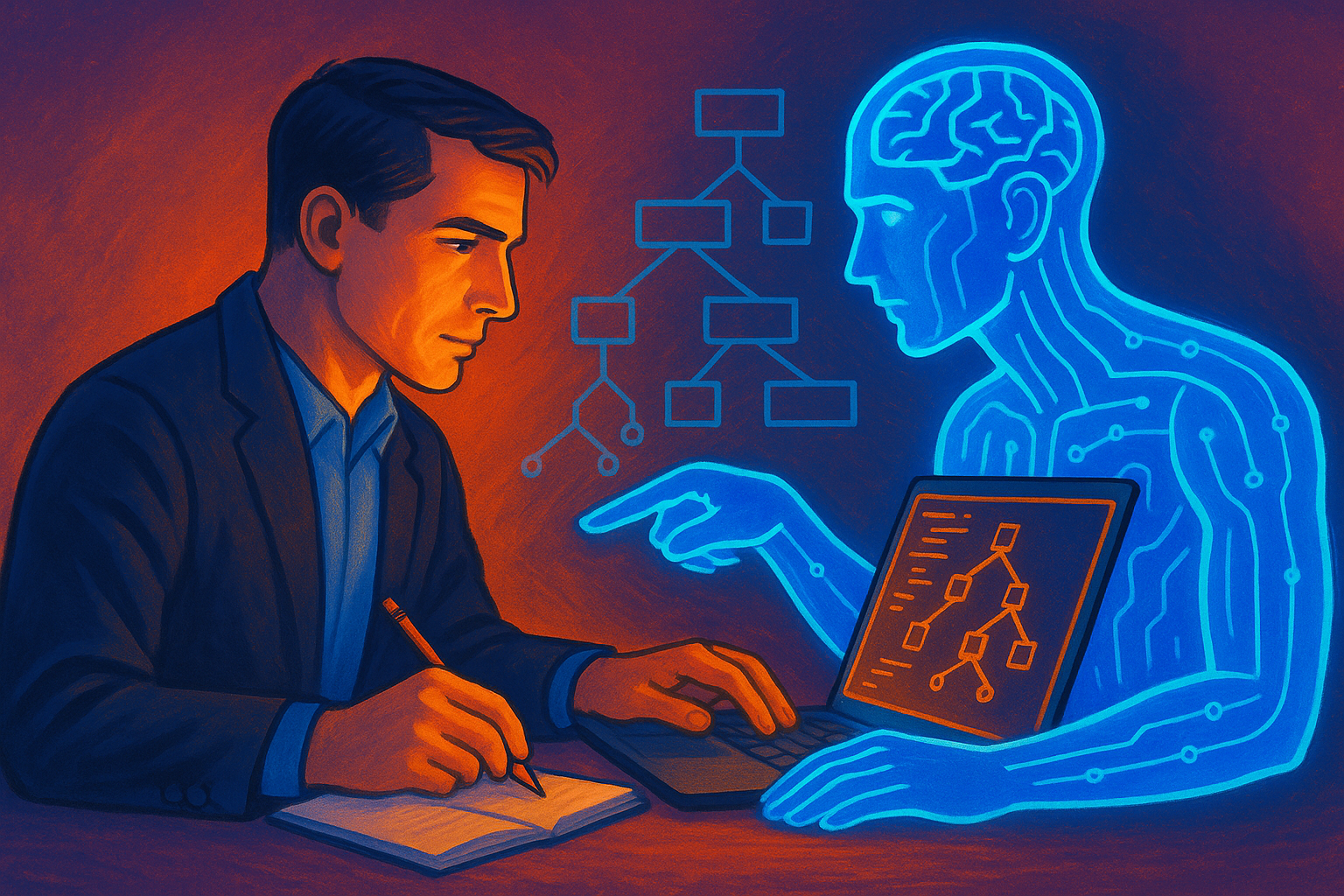
Language models are beginning to transcend simple token-by-token generation and step into a much more powerful realm—continuous latent spaces where ideas and meaning live before words. In our new post, “Continuous Latent Spaces in LLMs”, we explore how modern models are evolving: no longer chained to one word after another, they’re beginning to think in higher-level semantic steps, represent whole sentences as vectors, and even reason in hidden internal spaces.
We’ll walk you through three of the most exciting approaches driving this shift: models that operate on sentence embeddings instead of tokens, architectures that generate several tokens in one go via latent chunking, and techniques that allow reasoning behind the scenes rather than spelling it out in text. Along the way, we’ll peel back the curtain on the limitations of current token-level methods, the breakthroughs enabling this new era (better embeddings, near-lossless compression, diffusion and energy-based methods), and what it might mean for the future of AI.
Of course it’s not all rosy: when models reason internally—not in visible text—it becomes much harder to interpret and audit what they’re doing. That raises serious questions around safety, transparency, and our ability to trust these systems. By the end of the article you’ll have a clearer sense of where the frontier is, how these ideas are being applied today, and what’s still standing between us and a model that really “thinks” before it speaks.
👉 Read the full article here: Continuous Latent Spaces in LLMs
The evolution of data centers towards power efficiency and sustainability is not just a trend but a necessity. By adopting green energy, energy-efficient hardware, and AI technologies, data centers can drastically reduce their energy consumption and environmental impact. As leaders in this field, we are committed to helping our clients achieve these goals, ensuring a sustainable future for the industry.
For more information on how we can help your data center become more energy-efficient and sustainable, contact us today. Our experts are ready to assist you in making the transition towards a greener future.

In just three years, AI has gone from fumbling over basic math to proving new theorems. This post explores how GPT-5 and systems like DeepMind’s AlphaEvolve are transforming mathematical discovery from extending probability theory to contributing key insights in quantum complexity- marking the dawn of AI as a true research collaborator.
Read post


DeepMind has built an AI “co-scientist” that automates parts of the research process by generating, testing, and refining code like a tireless grad student. It’s already outperforming human baselines in multiple scientific domains, offering a glimpse into how AI could accelerate discovery.
Read post
